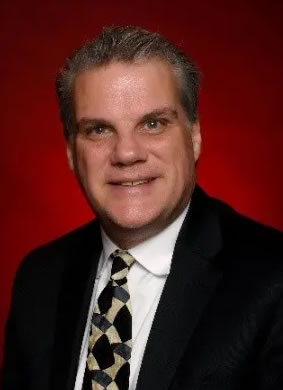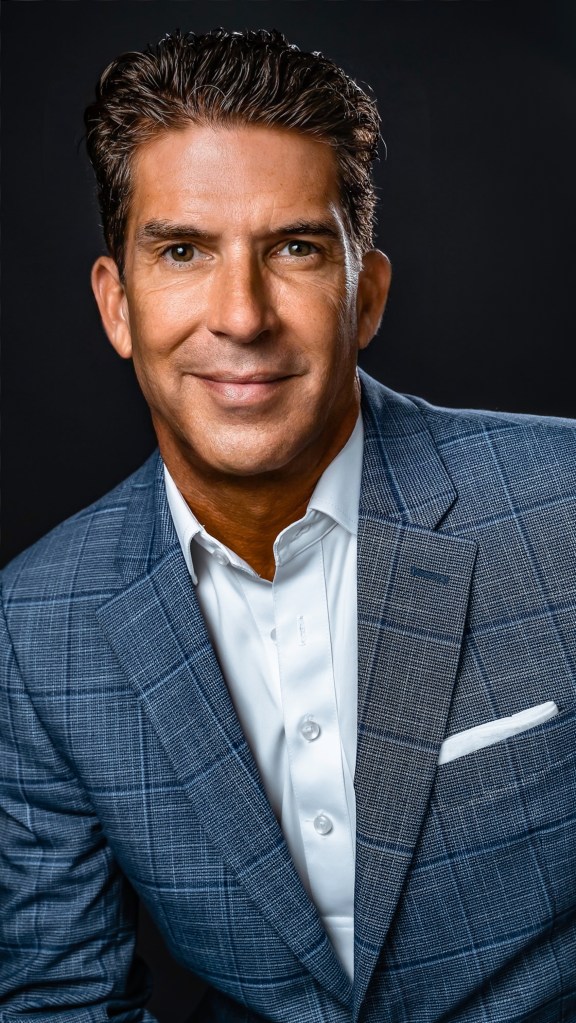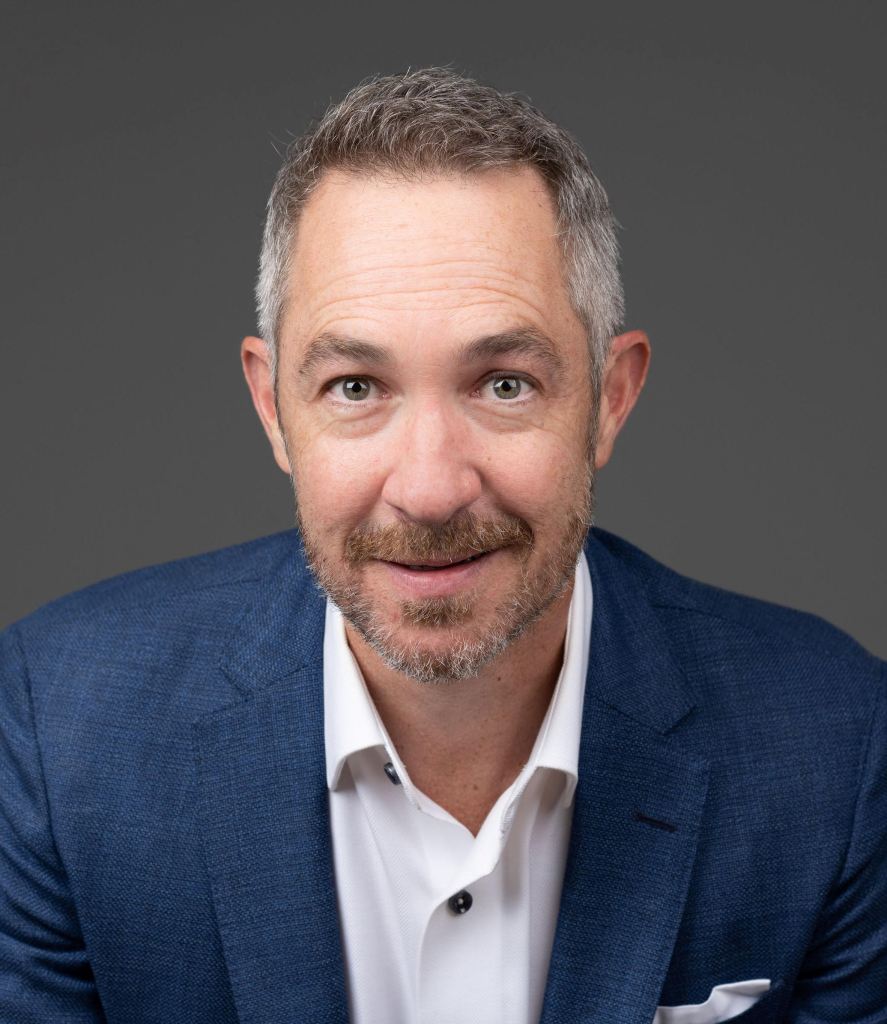Reverse mortgage loan originators all seem to agree that 2024 is off to a better overall start in business than a tepid 2023 might suggest. This is also an adage that is holding true in some of the nation’s more expensive housing markets including California, Florida and Washington State, according to reverse mortgage professionals in these areas that spoke with RMD.
Higher value home markets could conceivably help facilitate more unique facets of reverse mortgage business, including proprietary products that can serve beyond the limits of the Home Equity Conversion Mortgage (HECM) program, or HECM for Purchase. But these professionals instead seemed to express that getting back to the core fundamentals of origination has proved most fruitful thus far.
Reverse mortgage opportunities in California
Tom O’Donoghue has been serving as a reverse mortgage professional in the Los Angeles area for several years, and says he sees a lot of potential with a proprietary product offered by Finance of America Reverse (FAR) in his market.

“I’ve seen a lot of interest in FAR’s ‘EquityAvail’ program,” O’Donoghue said. “Probably about 20-25% of my business has been that product.”
EquityAvail was launched in early 2021, and is a single, fixed-rate mortgage that is fully disbursed at closing with a maximum amount of up to $4 million. A tax and insurance escrow account is used for budgeting and administration, similarly to traditional mortgages.
When the property no longer serves as the borrower’s primary residence, the remaining loan balance is paid back. The product maintains the non-recourse feature of other reverse mortgages, contains no origination or monthly servicing fees, and has no minimum home value requirement.
O’Donoghue said that despite a lack of desire for borrowers who may have interest rates on current mortgages around 2-3% to refinance or enter into a new mortgage transaction, many are still accumulating debt and have other issues that the hybrid product can help to address.
“After I try to convince them to do a standard refi into a HECM, then I’ll give them another option to see if it might ‘float their boat,’ and that seems to work pretty well for some people,” he said. “It’s not for everybody, obviously, but it does fill a niche for some people if they still need help.”
Keeping eyes open for HECM business in Florida
Chris Bruser of Mutual of Omaha Mortgage has not originated a conventional mortgage loan in 16 years, he said, having become solely dedicated to serving reverse mortgage customers in and around Tampa.
Florida is already an extremely popular retirement destination in the U.S., and ensuring that potential clients have the reverse mortgage option visible is a key focus for Bruser.

Despite Florida’s popularity as a retirement destination, Bruser never feels like he has to work much harder to differentiate himself as a reverse mortgage professional despite a lot of industry business being done in the state.
“Pretty much everybody knows what I do,” Bruser said. “Everyone that knows me, [reverse is] all I do. And it’s interesting because a lot of people say ‘how can you be a reverse mortgage guy and work with builders?’ And then that opens up the conversation for HECM for Purchase.”
Unlike a lot of other industry players — at least based on raw numbers — Bruser is all in on HECM for Purchase business as a path forward in his locality. But that doesn’t mean that he wants to stray too far from the fundamentals that he knows work now, and are likely to continue working in the future.
“There’s still a lot of advisors do not know that you can pay off an existing mortgage with a HECM,” Bruser said. “So that just shows how much education is needed. My point is that I’m not trying to reinvent the wheel here. I’m continuing to educate financial advisor offices and CPAs. That’s really my bread and butter, so I’m not changing anything as far as that’s concerned. I’m trying to go deeper [and further] build the relationships that I have.”
Washington state LO sees greater H4P opportunities
Frank Borg of Fairway Independent Mortgage Corp. in the Seattle area immediately identified H4P as an area of potential growth in his part of the country.
“I’m working with a couple of brokerage firms on a multi-part agent training series,” Borg said. “I’ve done a lot of CE classes on a one off, and it’s just not enough to prepare a real estate agent to really even see the opportunities to refer or to speak about the possibilities where a client can use a reverse for purchase.”

Direct-to-consumer outreach is also a priority for Borg, but he’s diving deeper into the educational conversation in order to lower the barrier to entry that many perceive for conducting reverse mortgage business.
“There’s just too many levels of training in between a gatekeeper, let’s say, an agent or a financial planner, to get their understanding of the product [to a level where they] know enough about it to risk sending one of their clients to a third party,” Borg said. “And so I think the real opportunity now is to increase my speaking engagements, my social media presence and start to attract more consumers and directly educate them.”
New HECM limit welcome, but not a ‘needle-mover’
When each of these professionals were asked about the 2024 increase to the HECM limit to just over $1.1 million, they each seemed to believe that while it’s a welcome change it’s not expected to make much of a difference in overall business.
“It did make it possible for me to do a HECM-to-HECM refinance for a client, because they were able to take advantage of more equity,” Borg said. “For any home that’s over the [limit’s] price point, it has an advantage that I wouldn’t consider — just from my desk in the Pacific Northwest — a wildly significant increase in what is possible.”
Bruser agreed, saying his “sweet spot” are homes in the $400,000-600,000 dollar range. Because of that, a limit of $1.1 million helps with an occasional deal, but it doesn’t take up the lion’s share of his business.
For O’Donoghue, he said the increase could make a slight difference to his business, but he said the loan balances he typically sees do not rise above the limit.
“I don’t see it being that much of a difference,” he said. “I think it’s more of a psyche thing for originators to break that barrier and push it up. I mean, I’ll always take more over less, but when I put that information into my pipeline it didn’t move the needle at all for what I have.”






